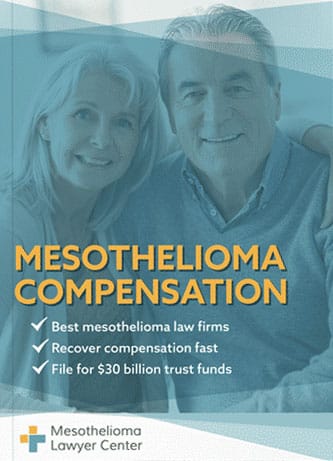Johnson & Johnson knew for decades that its baby powder contained asbestos: Lawsuit
Giant corporation Johnson & Johnson is currently facings thousands of asbestos lawsuits, and for good reason: the company apparently knew its baby powder contained the lethal mineral asbestos for decades and did nothing about it, according to Reuters.
An investigative report released on Friday claimed Johnson & Johnson never informed the Food and Drug Administration (FDA) that three different tests conducted by three different laboratories from 1972-1975 found asbestos in the company’s talc.
Johnson & Johnson publicly denied the findings in 1999, when a woman who filed a lawsuit against the company. She alleged the powder caused her to develop mesothelioma.
The Reuters investigation also uncovered that the company’s talc tested positive for asbestos all the way until the 2000s. Court orders prohibited many of the documents from being released to the public, but the recently-revealed reports under the Freedom of Information Act (FOIA) indicated that J&J talc had “acicular” contaminants in it, dated back to a lab report from the 1950s.
In 1971, a J&J executive told the company’s senior staff that its talc products contained asbestos and recommended the company “upgrade quality control,” according to The New York Times. A few years later, another J&J executive warned that company should never assume talc mines are asbestos-free and the company’s talc product ingredients “might be classified as asbestos fiber.”
Yet, instead of taking measures to prevent risks of consumers developing the toxic illness, the company hid the findings, at least according to reports.
When J&J heard about the Reuters report, they snapped back, accusing the outlet of being one-sided and defamatory.
“The Reuters article is one-sided, false and inflammatory,” Johnson & Johnson said in a statement. “Johnson & Johnson’s baby powder is safe and asbestos-free. Studies of more than 100,000 men and women show that talc does not cause cancer or asbestos-related disease.”
According to the American Cancer Society (ACS), some forms of talc in its natural form do indeed contain traces of asbestos. Whether talcum powder causes life-threatening diseases such as mesothelioma depends on the form of talc used in products.
Not every form of talc contains asbestos. The asbestos-contaminated talc tends to be from tremolite or anthophyllite. However, studies show that even the asbestos-free forms of talc can cause other types of cancers, such as ovarian cancer and lung cancer.
The talc that contains asbestos greatly depends on where it’s located. Numerous companies have gotten talc from mines contaminated with asbestos in areas such as Alabama, Vermont, and North Carolina.
Several people who developed mesothelioma and other forms of cancer have successfully sued J&J, resulting in millions of dollars lost by the company and gained by the victim.
For instance, in May 2018, a jury in Los Angeles sided with victim Joanne Anderson, who used Johnson’s Baby Powder for years, resulting in a mesothelioma diagnosis. Anderson won the suit and won $21.7 million in the process. Just one month prior, the company lost another lawsuit after another victim sued in an asbestos-related talcum powder suit, winning a whopping $117 million.
Shortly after Reuters released its investigative report, J&J’s stock fell by 10%, which took out “close to $40 billion of its market value,” according to CNN.
Further, the report indicated that J&J demanded government regulators to block information to the public regarding the dangers of asbestos.
“The documents also depict successful efforts to influence U.S. regulators’ plans to limit asbestos in cosmetic talc products and scientific research on the health effects of talc,” the report read.
The company convinced one official at the Food and Drug Administration (FDA) to never release the findings, to which the official agreed, and said the findings would only be released “over my dead body.”
According to the World Health Organization (WHO) and the Centers for Disease Control and Prevention (CDC), regardless of how small the amount is, there is no safe level of asbestos.
Although people are more likely to develop life-threatening illnesses after exposure to large amounts of asbestos, the risk still remains that people are in danger if when in contact with small traces of the mineral.
Around 11,700 plaintiffs have sued the company so far. Not only is the company at risk of losing millions upon millions, but its reputation has reportedly plummeted, and one of the most popular household names in and longest-standing products, J&J Baby Powder, is deemed dangerous.
Resources for Asbestos Victims
If you or a loved one were diagnosed with mesothelioma, asbestosis, or asbestos-related cancer, you may be entitled to substantial compensation. We invite you to fill out our form today for a free Financial Compensation Packet, filled with information about experienced mesothelioma lawyers in your area, how to get paid in 90 days, how to file an asbestos trust fund claim, and much more. For additional assistance, contact us at 800-793-4540.


FREE Financial Compensation Packet
- Info on law firms that will recover your HIGHEST COMPENSATION
- Learn how to get paid in 90 days
- File for your share of $30 billion in trust funds

